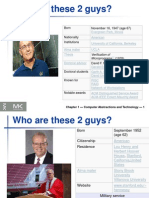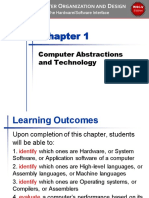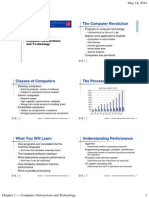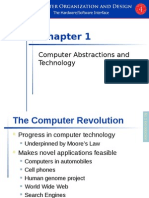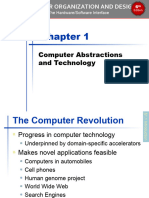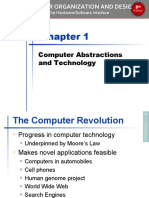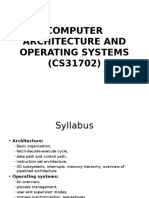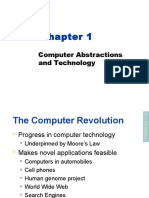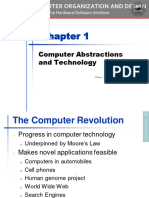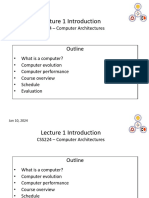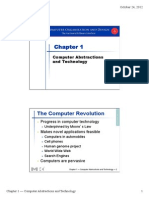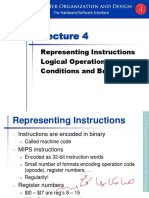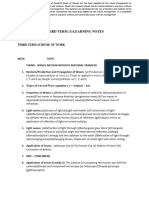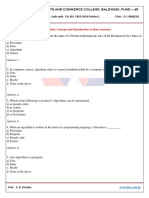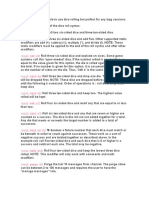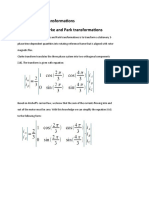0% found this document useful (0 votes)
86 views34 pagesComputer Systems Overview
This document provides an overview of computer systems and their components. It discusses the evolution of computer technology driven by Moore's law. It describes the different classes of computers and what determines program performance. It explains the levels of program code from high-level languages to machine code. It outlines the typical components of a computer including input, output, memory, and processing units. It provides diagrams of the anatomy of desktop PCs and internal components like processors and memory. It discusses technology trends in electronics capacity and cost reduction over time.
Uploaded by
XrsamixCopyright
© © All Rights Reserved
We take content rights seriously. If you suspect this is your content, claim it here.
Available Formats
Download as PDF, TXT or read online on Scribd
0% found this document useful (0 votes)
86 views34 pagesComputer Systems Overview
This document provides an overview of computer systems and their components. It discusses the evolution of computer technology driven by Moore's law. It describes the different classes of computers and what determines program performance. It explains the levels of program code from high-level languages to machine code. It outlines the typical components of a computer including input, output, memory, and processing units. It provides diagrams of the anatomy of desktop PCs and internal components like processors and memory. It discusses technology trends in electronics capacity and cost reduction over time.
Uploaded by
XrsamixCopyright
© © All Rights Reserved
We take content rights seriously. If you suspect this is your content, claim it here.
Available Formats
Download as PDF, TXT or read online on Scribd
/ 34




